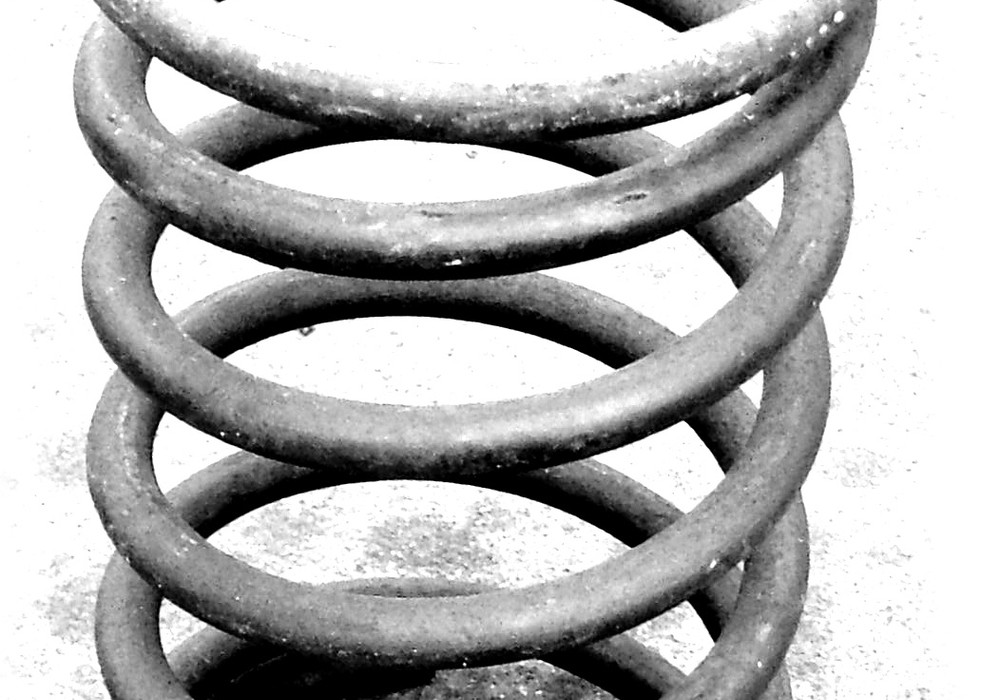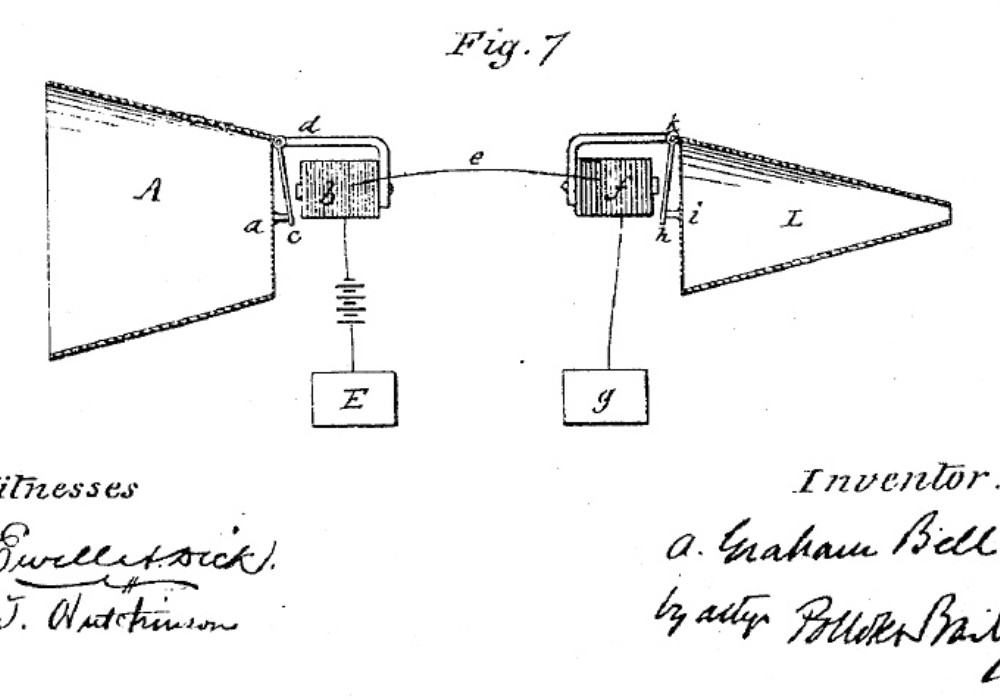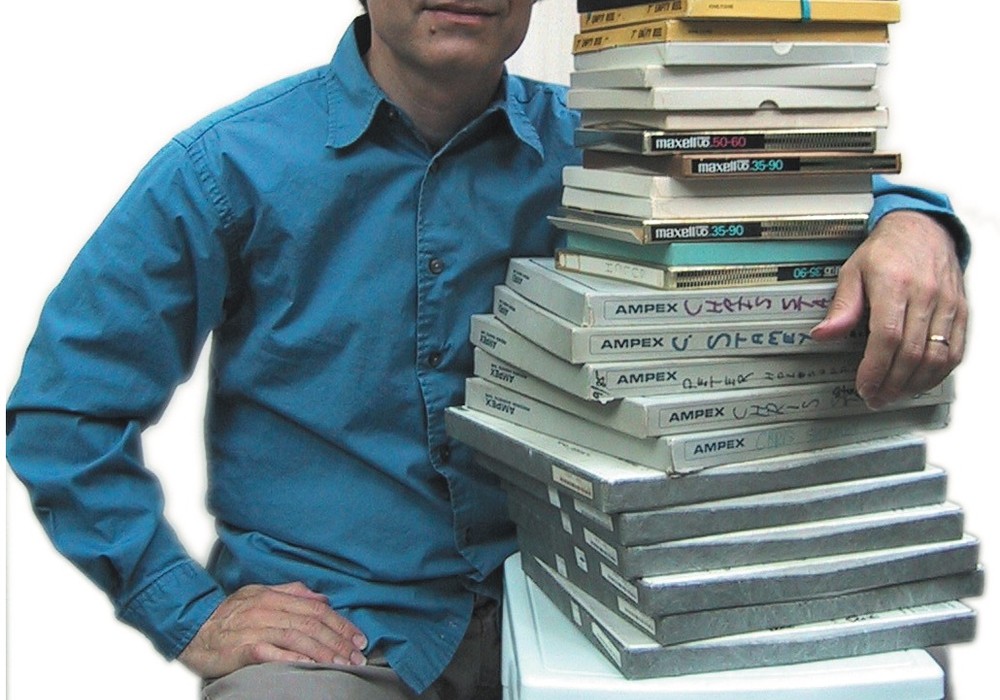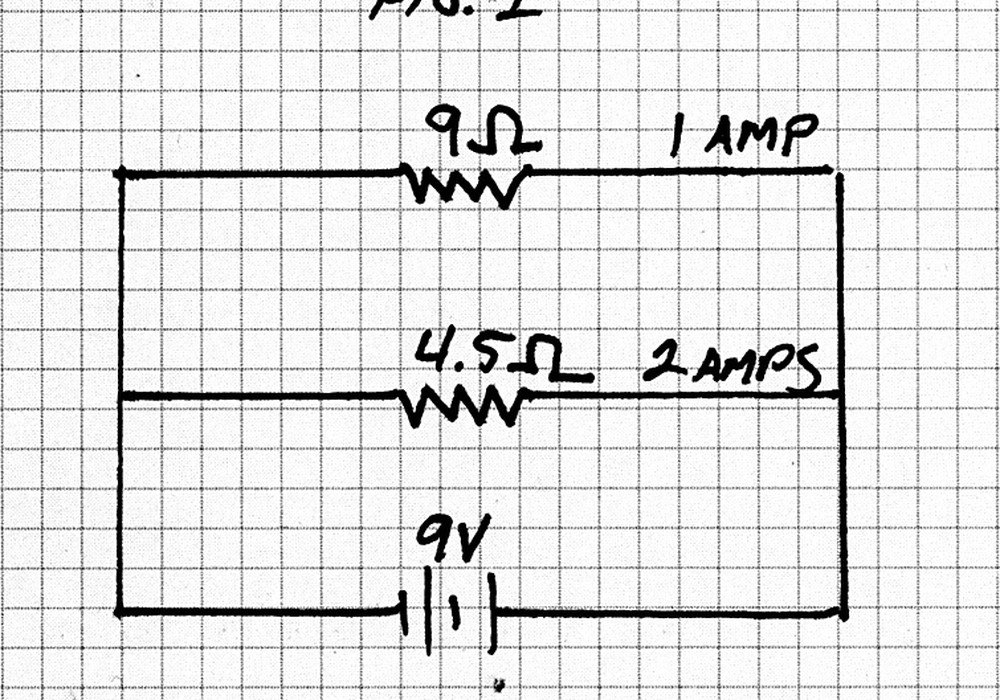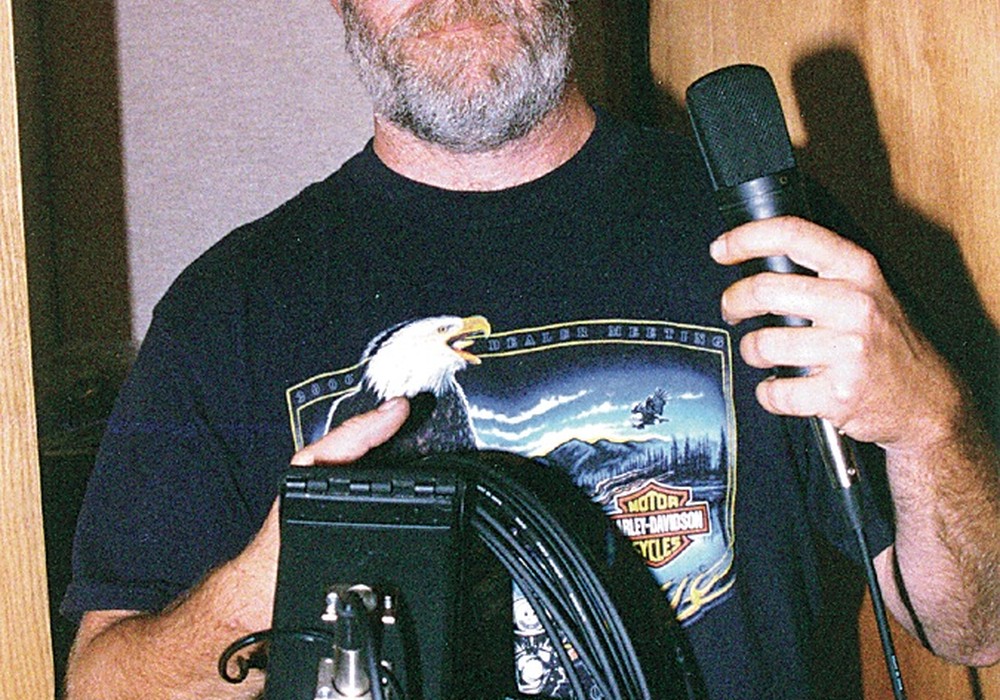A few years back I came across the following quote by audiophile legend J. Gordon Holt: "If you don't get the midrange right, nothing else matters." And although at the time he was referring to the frequency reproduction of loudspeakers, he was also addressing a universal aesthetic and truth in all sonic endeavors. Regardless of what style of music you're recording, mixing, mastering or listening to, midrange is the most important aspect.
Think about it: Every instrument utilizes some degree of midrange to comprise its sound, from timpani to triangle. In reality, midrange constitutes the majority of what we hear... and are capable of hearing. The low and high frequency ranges, though very important, more or less serve as bookends. Midrange is the book.
By way of design, and millions of years of evolution, our ears are more sensitive to midrange frequencies than anything other. Consider how easy it is for you to discern one person's voice from another, or even tell what type of microphone a vocalist is using. According to experts in the field of speech and hearing the average human voice ranges from roughly 500 Hz to 2 kHz, with the most energy centered around 1 kHz. Through history this "instrument" has been the most important thing for us to hear, for communication and survival. So although the shape of our outer and inner ear has a lot to do with our hearing propensity, the brain has also been wired to key in on midrange.
But science, evolution and audiophile wisdom aside, what does this mean to you, the recording musician? Simply, that to achieve the professional- sounding recordings we're all striving for, you have to be very careful how you treat the midrange when processing your mixes. It's a lot easier to get away with casually applying a low-frequency cut filter or high-frequency boost without hearing the negative side effects all processors have, because work at this level will either start in or end beyond our critical hearing range. With midrange, though, there's nowhere to hide.
From a mastering engineer's perspective of dealing with musicians' mixes day-in and day-out, the most common request I get is to apply something that will remedy the ubiquitous thin, edgy veil that plagues most homespun recordings. All too often the problem is attributed to consumer-grade gear. And, to some degree, that's probably valid. But as the adage goes, only a bad carpenter blames his tools. In my June 2002 EQ article, "Better Drum and Bass Recordings," I stated that the disparity between professional- and amateur-sounding recordings isn't rooted in technology, but basic audio knowledge. Processing midrange is definitely one great case-in-point. So instead of focusing on the price of our current equipment, let's look at how it's being used.
Check out some recent projects you've mixed. I'll bet that most of the equalizing was done by narrowly notching or broadly scooping out some amount of midrange, as well as boosting high frequencies. Here are a few rules of thumb that I keep in mind when looking to achieve warm, analog-sounding mixes:
Keep the body of a recording intact. The more midrange you remove, the edgier- and thinner- sounding something becomes.
All great mixes have a balanced sound, from bass through mid to treble. So if you cut too much of one area out, it really draws attention to other areas. In the case of midrange, you either end up with a less- defined mix, or an edgy mix that focuses too much attention around ear-fatiguing high frequencies.
Since midrange constitutes the majority of what our ears hear, perceived loudness is diminished when it's removed, along with a considerable amount of volume. To recapture that lost gain you'll have to push the track harder, sacrificing impact and clarity.
I won't argue that buying the best quality gear you can afford is paramount to getting a professional sound. But if you don't know how to avoid some common recording pitfalls, you'll end up with the same sound quality you always had, just with a lower noise floor. If you really want to turn out professional-sounding work, use good equipment, spend the time to create a solid mixes and go easy on the midrange. After all, if you don't get the midrange right, nothing else matters.




